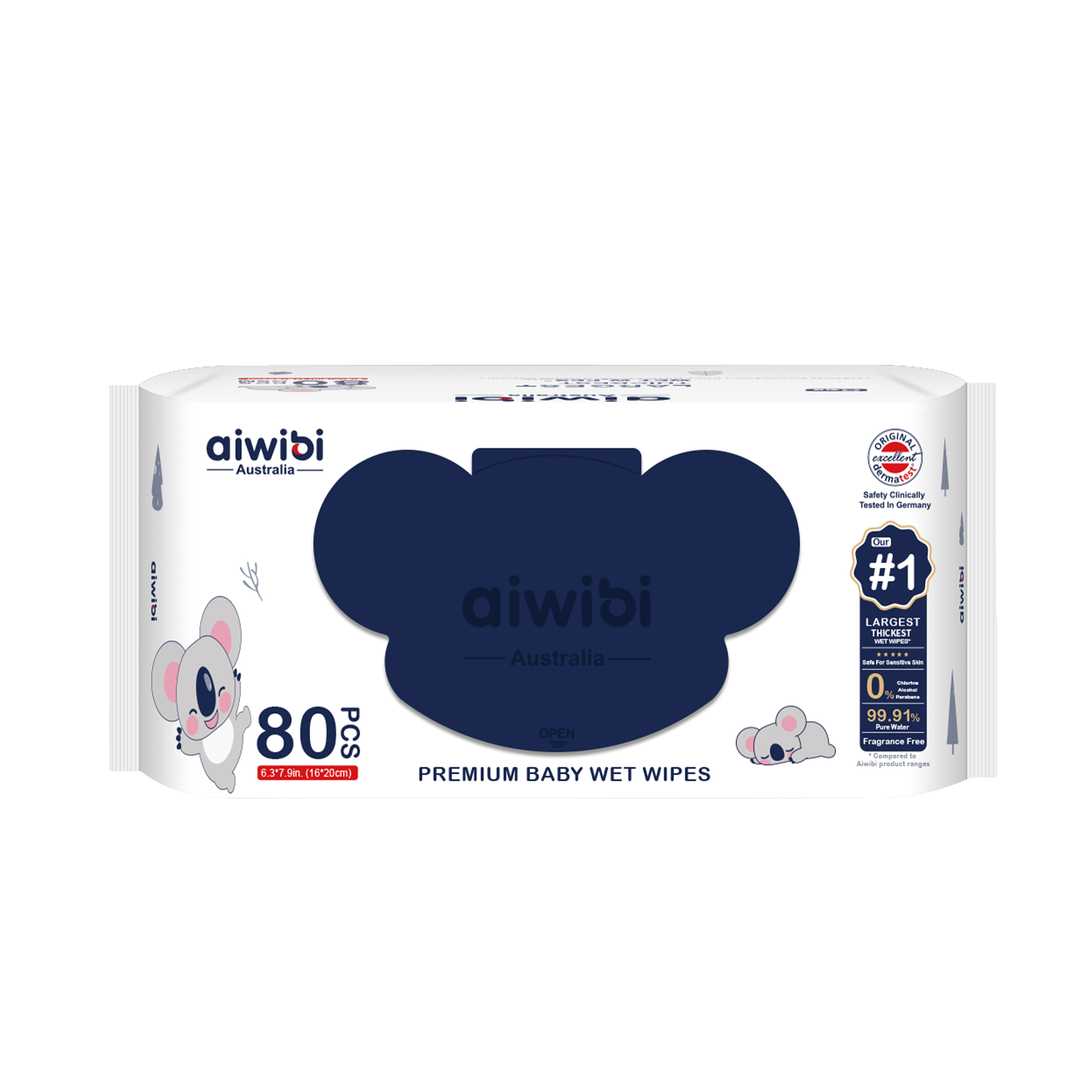Weaning is a significant milestone in a baby's life, and it can be a challenging transition for both parents and infants. While there's no one-size-fits-all approach to weaning, understanding the process and implementing effective strategies can make it smoother for everyone involved.

Understanding the Weaning Process
- Why Wean: There are various reasons parents choose to wean, including returning to work, medical reasons, or simply feeling ready to move on to the next stage of parenting.
- When to Start: The World Health Organization recommends exclusive breastfeeding for the first six months, by the gradual introduction of complementary foods while continuing breastfeeding for up to two years or beyond. However, the optimal weaning age can vary from baby to baby.
- Signs of Readiness: Signs that your baby may be ready to wean include showing less interest in breastfeeding, being able to sit up and hold a bottle, and demonstrating a preference for solid foods.

Strategies for Successful Weaning
- Gradual Reduction: The key to a smooth weaning process is to gradually reduce the frequency of breastfeeding. Start by replacing one or two feedings per day with formula or solid foods.
- Nighttime Weaning: Nighttime feedings can be particularly challenging to eliminate. Consider offering a pacifier or a comforting bedtime routine to help your baby fall asleep.
- Involve Your Partner: Enlist the support of your partner or other caregivers to help with feedings and provide comfort during the weaning process.
- Create a Positive Association: Make mealtimes enjoyable by offering a variety of tasty and nutritious foods. Positive reinforcement can help your baby associate feeding time with pleasure.
- Be Patient and Understanding: Remember that weaning is a process, and setbacks are normal. Be patient with your baby and offer plenty of love and support.

Common Challenges and Solutions
- Emotional Distress: Babies may experience emotional distress during weaning due to the loss of comfort and closeness. Offering extra cuddles and reassurance can help.
- Engorgement: Mothers may experience engorgement as their milk supply decreases. Applying warm compresses and gently expressing milk can provide relief.
- Mastitis: In some cases, mothers may develop mastitis, a painful inflammation of the breast tissue. It's important to seek medical advice if you suspect mastitis.

Tips for a Smooth Transition
- Choose the Right Time: Select a period when both you and your baby are relatively relaxed and free from stress.
- Communicate with Your Partner: Discuss your weaning plans with your partner to ensure you're both on the same page.
- Seek Support: Join a parenting group or talk to other mothers who have gone through the weaning process.
- Trust Your Instincts: Ultimately, you know your baby best. Trust your instincts and make decisions that are right for your family.

Weaning is a natural part of your baby's development. By following these tips and being patient and understanding, you can help ensure a smooth transition for both you and your child.







